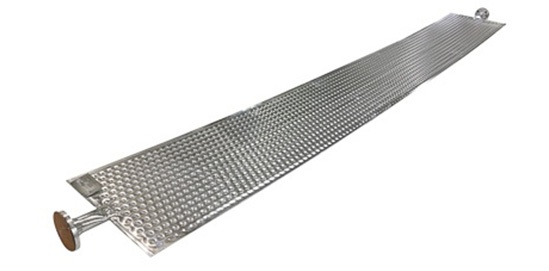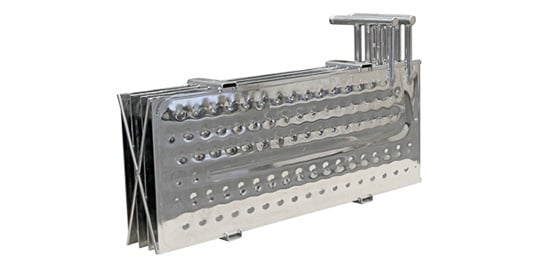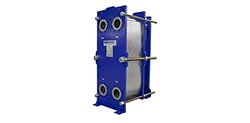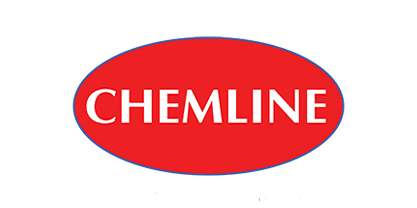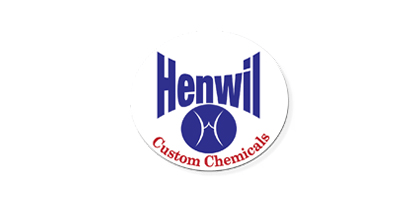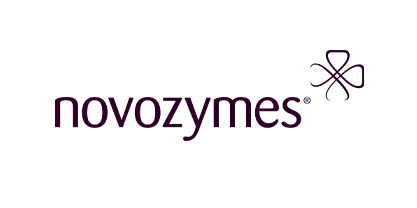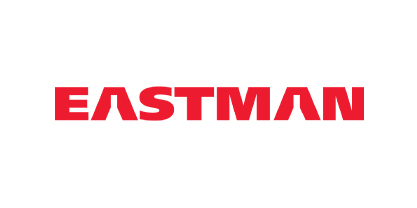Deep Understanding of Metal
Our experience with metal manipulation dates back to 1940 when Paul Mueller first opened a heating and sheet metal works company. Since then we have evolved into a leading chemical processing equipment manufacturer with a deep understanding of how to achieve the composition, form, process and temperatures you need.
Temperature Considerations
In applications like plating and anodizing metals, the conditions can vary and need to be easily manipulated by the operators. Electrolyte concentration, acidity, solution temperature, and current can all affect your final outcome in anodizing. And whether you are mass plating, rack plating, continuous plating or line plating you need equipment that helps accomplish your end goal and is easy for everyone in the process to use. That's why Paul Mueller Company manufactures reliable, efficient heat transfer equipment to help with your exact plating and anodizing specifications. We take your space and maintenance challenges into consideration for the best configurations both inside and outside the highly corrosive chemical bath. Our engineering experts understand the critical factors to keeping your chemicals heated or cooled at precise and constant temperatures. This ensures the chemical bath can do its job as intended and produce a flawless product every time.
Heat Transfer Options for your Process
Temp-Plate® Inflated Heat Transfer Surfaces have long been an ideal solution for plating and anodizing processes. Extremely versatile, the panels can be used as immersion, clamp-on, or integral heat transfer surfaces and formed to any number of shapes and styles. Using a variety of materials, Temp-Plate Inflated Heat Transfer Panels are crafted to be corrosion resistant. No matter the environment, our plating tank heater and anodizing tank solutions offer low maintenance options.
Accu-Therm® Plate Heat Exchangers provide a space saving, easy-to-use, alternative to traditional chemical bath heating. Unlike heat transfer panels, PHE's are located outside of the chemical bath. This could conserve space that may be necessary to have inside to operate at maximum capacity. Likewise, a PHE requires between only one-fifth to one-half the floor space of equivalent-capacity external heat exchangers, like shell and tube. Having easy access to your equipment can save time and resources when you're ready to perform routine maintenance on your equipment.


